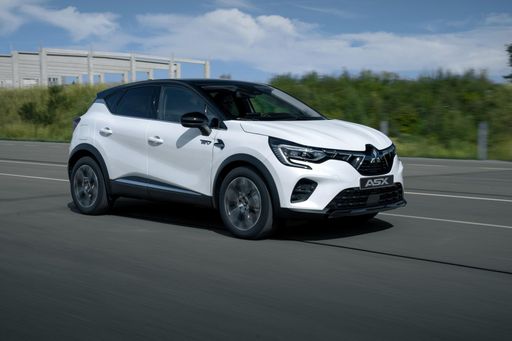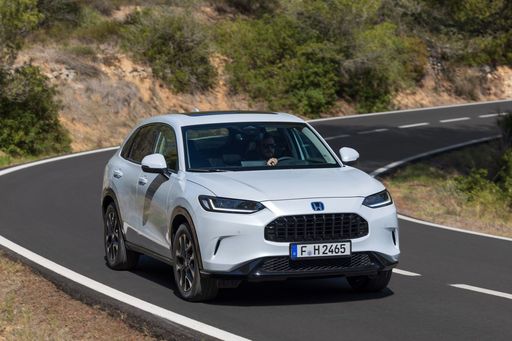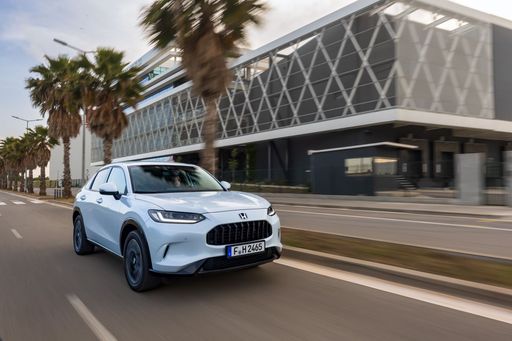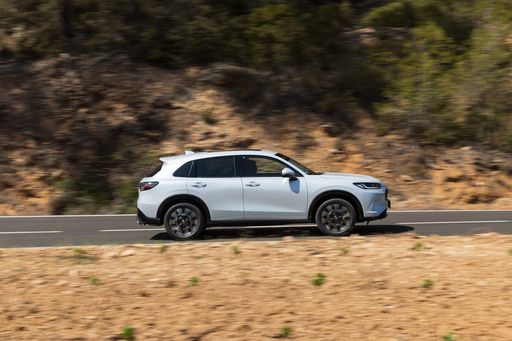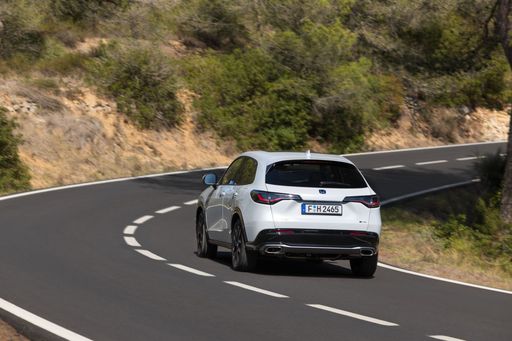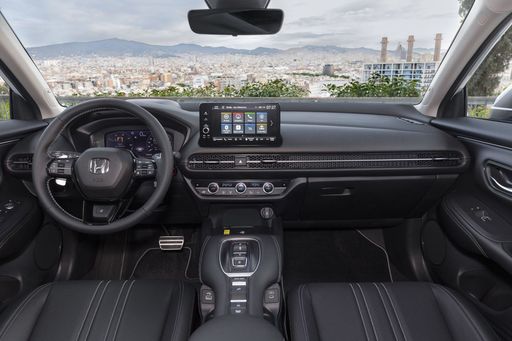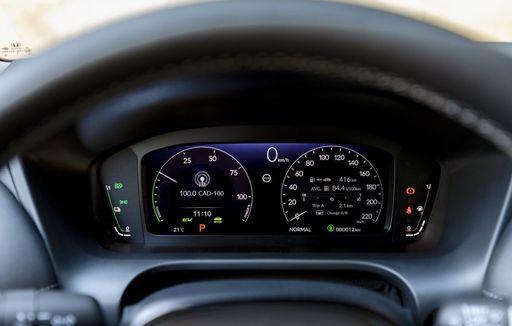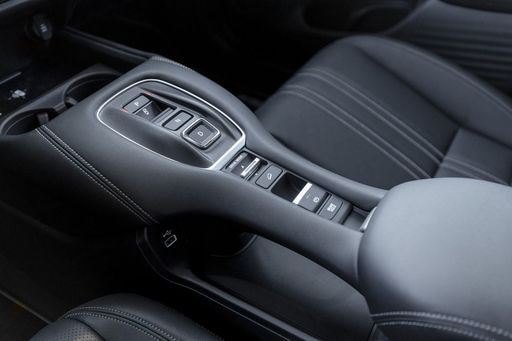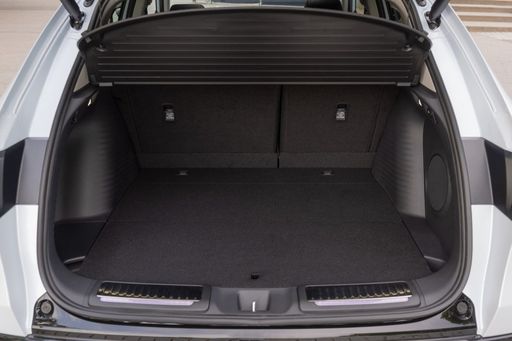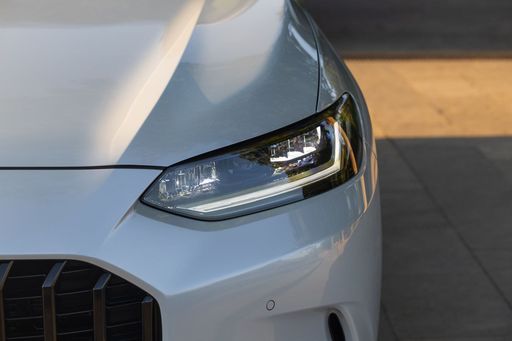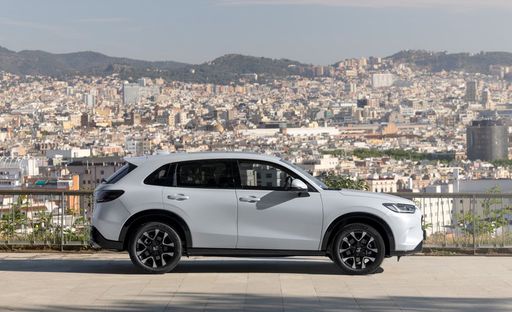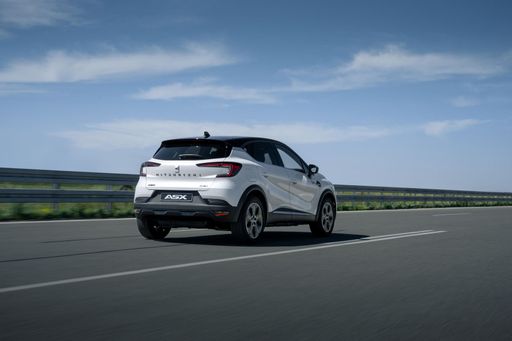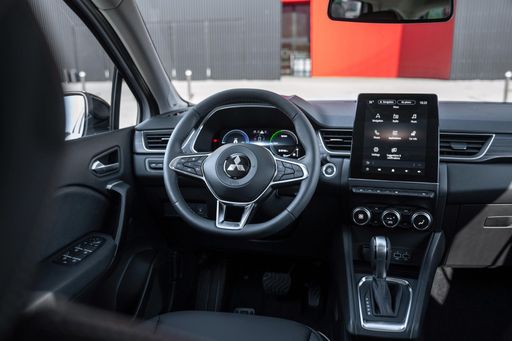Battle of the Compact SUVs: Honda ZR-V vs Mitsubishi ASX
In the burgeoning world of compact SUVs, the competition is as fierce as ever. Two models that stand tall in this segment are the Honda ZR-V and the Mitsubishi ASX. Both offer unique blends of style, performance, and technology, but which one truly stands out? Our meticulous comparison pits these two competitors against each other, focusing on technical aspects and innovations.

